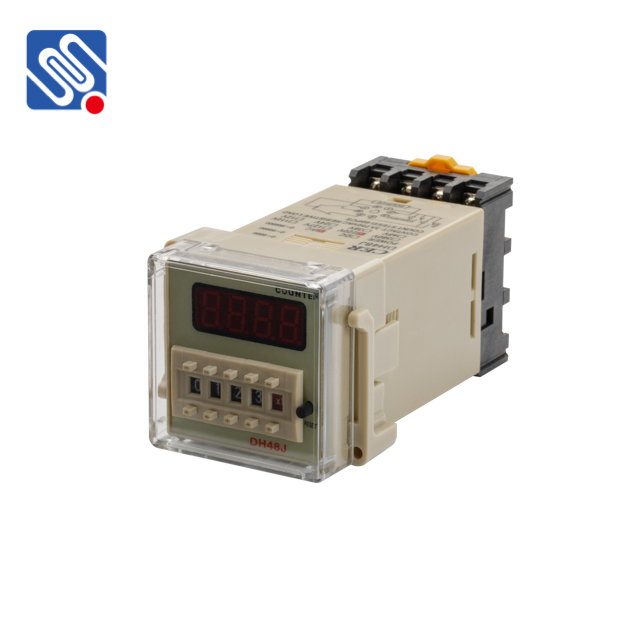Relays are integral components in modern electronic systems, widely used in automotive, industrial, and household applications for their ability to control high-power circuits with low-power signals. The concept of relay voltage plays a pivotal role in ensuring that relays function efficiently and safely within these systems. In this article, we will explore what relay voltage is, its types, and why it is important for proper relay operation.

What is Relay Voltage? Relay voltage refers to the electrical voltage required to energize the relay coil and activate its switching mechanism. Essentially, a relay consists of two parts: the coil (which is electromagnetically driven) and the switch contacts that control the connected load circuit. When voltage is applied to the coil, an electromagnetic field is generated, which causes the relay’s contacts to either open or close, thus controlling the flow of electricity in the circuit.
The term “relay voltage” can be divided into two primary aspects: Coil Voltage: This is the voltage needed to energize the relay coil. It is crucial because the relay will not function if the correct voltage is not supplied.
Leave a Reply